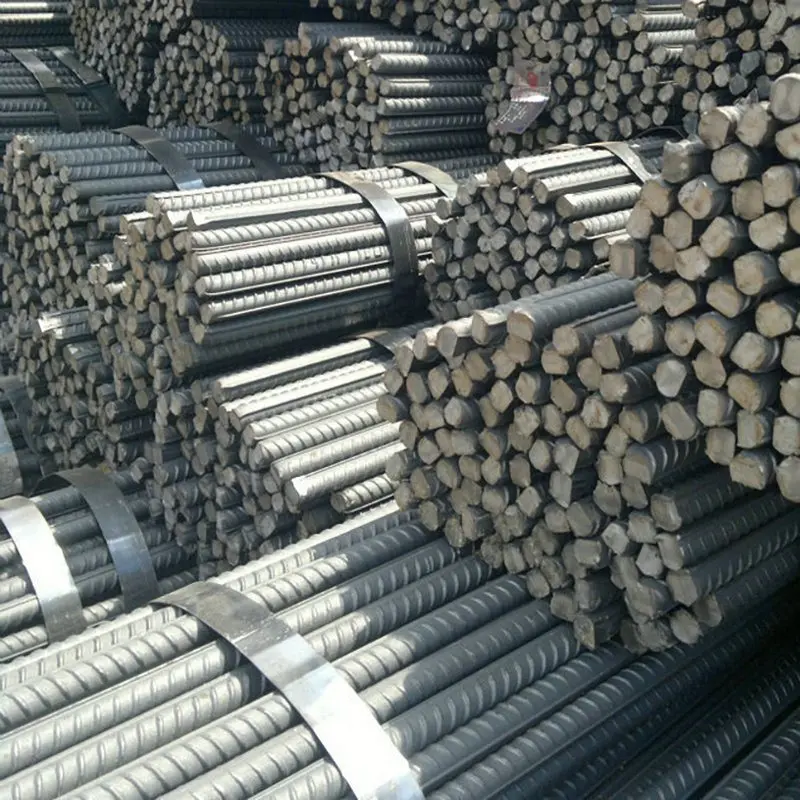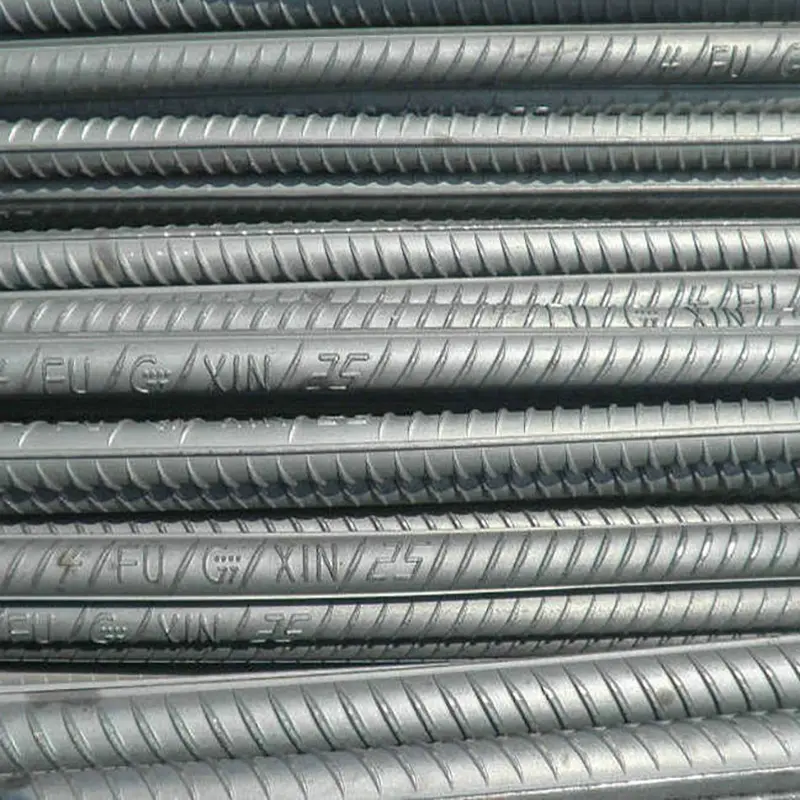Rebar: The "steel" of the construction industry, a complete analysis of its performance and applications
Rebaris the common name for hot-rolled ribbed Steel Bars. The grade of ordinary hot-rolled steel bars is composed of HRB and the minimum yield point of the grade. H, R, and B are hot-rolled, ribbed (, steel bar) respectively. Hot-rolled ribbed steel bars are divided into three grades according to the new national standard: HRB400, HRB500, and HRB600.
Rebaris widely used in civil engineering construction such as houses, bridges, roads, etc. From public facilities such as highways, railways, bridges, culverts, tunnels, flood control, dams, etc. to the foundations, beams, columns, walls, and plates of houses, Rebar is an indispensable structural material. With the continuous deepening of China's urbanization, the booming infrastructure construction and real estate development have a strong demand for rebar.


There are two common classification methods for rebar:
1. Classification by geometric shape, classification or type based on the cross-sectional shape of the transverse ribs and the spacing between the ribs. For example, in the British Standard (BS4449), rebars are divided into Type I and Type II. This classification method mainly reflects the gripping performance of rebars.
2. Classification by performance (grade), for example, in the current implementation standard of my country, rebar is (GB1499.2-2007) and wire is 1499.1-2008), rebars are divided into 3 grades according to the strength level (yield point/tensile strength); in the Japanese Industrial Standard (JI SG3112), rebars are divided into 5 types according to comprehensive performance; in the British Standard (BS4461), several grades of rebar performance tests are also specified. In addition, rebars can also be classified according to their use, such as ordinary steel bars for reinforced concrete and heat-treated steel bars for prestressed reinforced concrete.
Rebar is a metal material with regular spiral patterns. Its main characteristics are as follows:
1. High strength
The strength of rebar is higher than that of ordinary steel. This is mainly because its surface is processed into a threaded shape, which can increase the surface area of the steel and thus improve the bearing capacity of the steel.
2. Good tensile performance
One of the main characteristics of rebar is its strong tensile performance. It will not break or be damaged when subjected to large tensile forces. Therefore, it is widely used in construction projects.
3. Good corrosion resistance
Since the surface of rebar has been treated with anti-corrosion, it can effectively prevent the steel from being weathered, rusted or chemically corroded, which can increase the service life of the steel.
4. Easy to process
Rebar has good processability and can be processed by equipment such as rebar cutting machines and rebar bending machines to make rebars of various sizes and shapes. It is widely used in construction projects.
Rebar has a wide range of uses in construction projects, mainly including the following aspects:
1. Concrete reinforcement
In concrete structures, using rebar as reinforcement can enhance the bearing capacity of concrete and ensure the safety of buildings.
2. Bridge construction
In bridge construction, rebar can be used to make beams, columns, cables and other components to increase the bearing capacity and stability of bridges.
3. Tunnel construction
In tunnel construction, rebar can be used to make steel mesh and steel piles to enhance the bearing capacity and stability of tunnels and reduce the weight of the project.
4. Subway construction
In subway construction, rebar can be used to make tunnel linings, tunnel bridge supports and other building components to enhance the bearing capacity and stability of subway stations.
5. Made into bolts and nuts
Rebar can be processed into bolts and nuts of various specifications for connecting components, and is widely used in construction projects and machinery manufacturing.
In short, rebar is a metal material that is widely used in construction projects. It has the characteristics of high strength, strong tensile strength, and good corrosion resistance. Its uses include concrete reinforcement, bridge construction, tunnel construction, subway construction, and making bolts and nuts of various specifications.
Rebar is a steel with a threaded texture, which is usually used for the reinforcement and fixation of connecting components. According to national standards, rebar can be divided into different categories, mainly including straight rebar, chamfered rebar and high-strength rebar.
Straight rebar refers to the thread made on rebar with a smaller diameter, which is usually used to connect components or fixings. The thread of this rebar is straight and at a 60° angle, and is usually used for connection and reinforcement in building structures. The specifications of straight rebar are generally 6-12mm.
Chamfered rebar refers to rebar with a chamfer at one end, which is easier to enter the component hole and form a strong connection when used to connect components. Chamfered rebar is usually suitable for connecting bolts or nuts to form a stable connection and reinforcement. The thread of this rebar is at a 45° angle, which is usually used for connection and fixation in heavy equipment or structures. The specifications of chamfered rebar are generally 14-40mm.
High-strength rebar refers to rebar made by special production processes and steel alloying, which has higher tensile strength and torsion resistance. This type of rebar is usually used in structures that require higher strength, such as large bridges, high-rise buildings, and heavy machinery and equipment. The specifications of high-strength rebar are generally 16-40mm.
In addition, according to the production process and steel properties, rebar can also be divided into two types: hot-rolled rebar and cold-drawn rebar. Hot-rolled rebar is a rebar that is rolled after heating the billet, and has the characteristics of high surface hardness and wear resistance; cold-drawn rebar is a rebar processed by cold drawing, and has the characteristics of smooth surface and precise size.
Email:manager@fsdsteel.com
Phone/Whatsapp:+86-18831507725















